The Contrastive Hierarchy in Phonology
I will show that phonologists have vacillated between two different and incompatible approaches to determining whether a feature is contrastive in any particular phoneme. One approach involves extracting contrastive features from fully-specified minimal pairs. I will show that this approach is provably untenable. A second approach arrives at contrastive specifications by ordering features into a hierarchy, and splitting up the inventory by successive divisions until all phonemes have been distinguished. I will show that this hierarchical approach solves the problems encountered by the minimal-pairs method. Moreover, a hierarchical approach to contrastiveness is implicit in much descriptive phonological practice, and can be found even in the work of theorists who argue against it. Given the centrality of the issue, it is remarkable that it has received almost no attention in the literature. Recovering this missing chapter of phonological theory sheds new light on a number of controversies over contrast in phonology.
{{comment.content}}
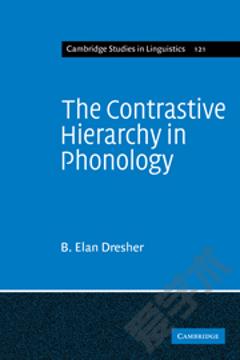
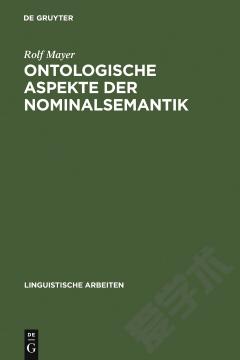


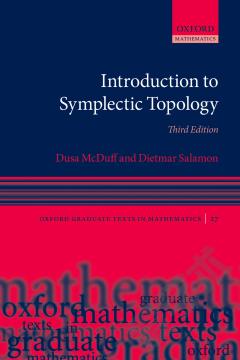
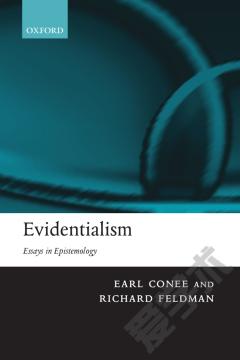
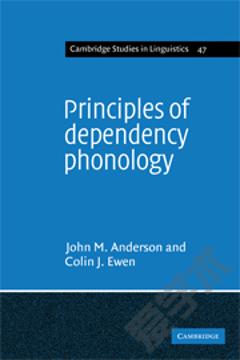

 京公网安备 11010802027623号
京公网安备 11010802027623号